Many Asian countries are struggling with hot weather as temperatures rise to record highs. Adaptation to climate change is a matter of concern for countries as abnormally high temperatures have a major impact on people’s lives, disrupting production and causing significant socio -economic impacts.
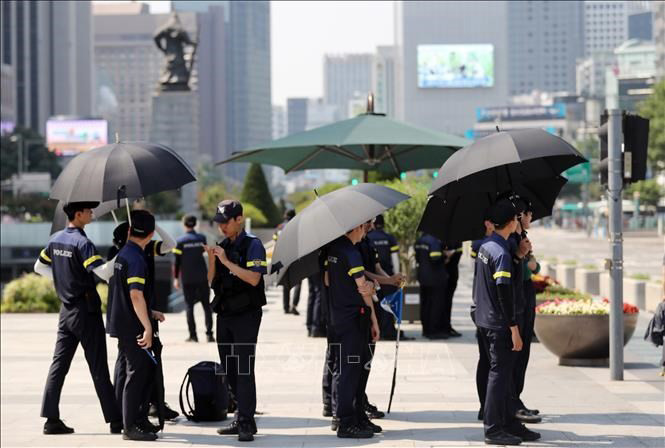
Hot weather in Seoul, South Korea. (Photo: Yonhap/VNA)
Many Asian countries have been hit by heat waves since late May, when the weather is usually cooler at the start of the rainy season. The heat continued to affect Seoul and other parts of South Korea on June 19, forcing people to limit their outdoor activities when daytime temperatures exceed 30 degrees Celsius.
According to the Korea Meteorological Administration (KMA), the capital Seoul recorded a temperature of 33.4 degrees Celsius at 4 p.m. Other cities also recorded daytime temperatures such as Cheongju, Daejeon and Gwangju at 33.8 degrees Celsius, 32.9 degrees Celsius and 33.2 degrees Celsius, respectively. The KMA forecast that the daily maximum temperature could rise to 35 degrees Celsius. This is the second consecutive day of abnormal heat warnings issued for Seoul, while it is the third consecutive day for 13 other cities.
According to the Korea Centers for Disease Control and Prevention (KCDC), 104 people were hospitalized due to heat-related health problems from May 20 to June 17. Local governments in the country are implementing various heat-prevention measures, such as installing mist coolers and temporary sun shelters on the streets, as well as designating temporary sun shelters for the elderly and those vulnerable to heat.
Several other countries such as China, Japan, India, and Bangladesh are also facing severe heat waves. The Fire and Disaster Management Agency, part of the Ministry of Internal Affairs and Communications of Japan, said that the number of cases of hospitalization due to heat in the country in May increased to more than 3,600, the second highest compared to May since 2015 when the agency began collecting statistics.
The Land of the Rising Sun is also bracing itself for the heat and taking precautions against heatstroke, as temperatures are forecast to be higher than average this summer. Indian authorities have updated the latest information on the human toll caused by the heat, with at least 96 deaths recorded in the past few days in the country's two most populous states, Uttar Pradesh (54) and Bihar (42).
Due to the severity of the situation, local authorities have asked medical staff not to take leave and have provided additional beds in the emergency ward to accommodate the growing number of patients. Meanwhile, Bangladesh has shut down its largest power plant due to a lack of coal to maintain operations, as a severe heatwave has caused electricity demand to skyrocket.
Experts say that climate change, which causes global warming, is the cause of the recent extreme weather. The World Meteorological Organization (WMO) has warned that the El Nino phenomenon is likely to return in the coming months, causing global temperatures to rise and creating new heat records. According to the United Nations Intergovernmental Panel on Climate Change (IPCC), the increasing temperature of the Earth will increase many risks.
The scorching heatwave in Asia has been made more dangerous by high humidity, which makes it difficult for the body to cool down, causing symptoms such as heatstroke and exhaustion that can be life-threatening. The heat has a direct impact on outdoor and informal workers, threatening the environment and the already precarious livelihoods of vulnerable people.
Global warming, which is blamed for making heatwaves more frequent, is worsening extreme weather patterns unless governments take drastic action to reverse the trend.
Experts say that countries in Southeast Asia, one of the most vulnerable to climate change, need to be more proactive in finding ways to adapt and improve forecasting capabilities so that they can take early action to avoid maximum damage caused by heat waves.
According to Nhan Dan Newspaper
Source


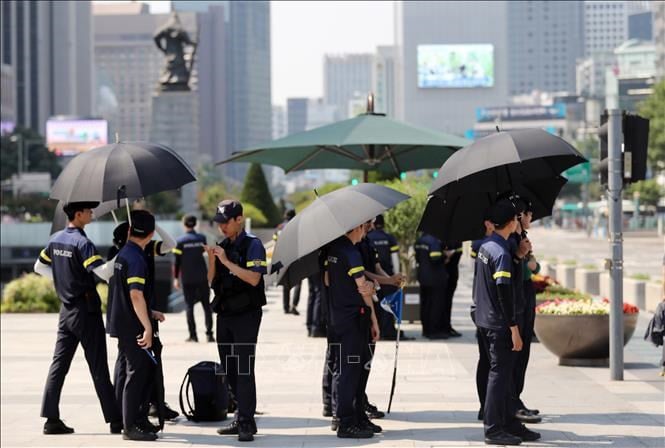




![[Photo] Party and State leaders visit former President Tran Duc Luong](https://vphoto.vietnam.vn/thumb/1200x675/vietnam/resource/IMAGE/2025/5/24/960db9b19102400e8df68d5a6caadcf6)




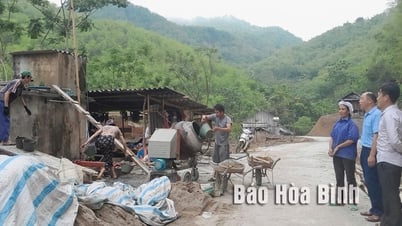










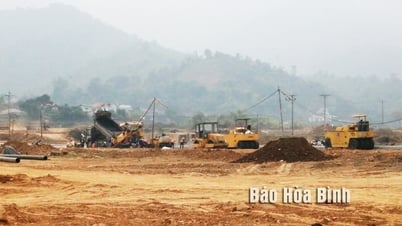

![[Photo] Anh Hoang - Dinh Duc successfully defended the men's doubles championship of the National Table Tennis Championship of Nhan Dan Newspaper](https://vphoto.vietnam.vn/thumb/1200x675/vietnam/resource/IMAGE/2025/5/23/d6ab3bcac02c49928b38c729d795cac6)
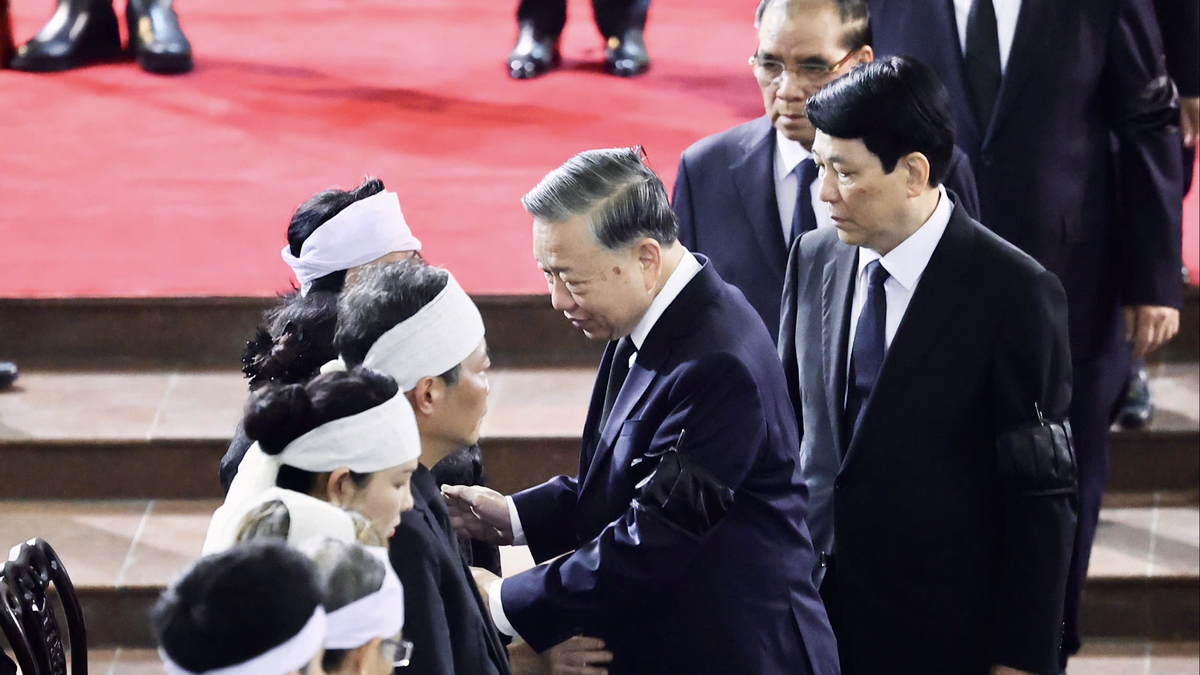








































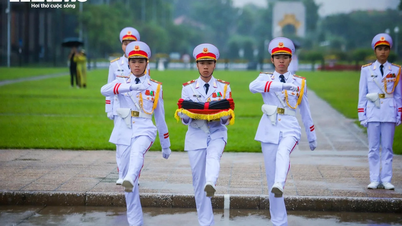




























Comment (0)